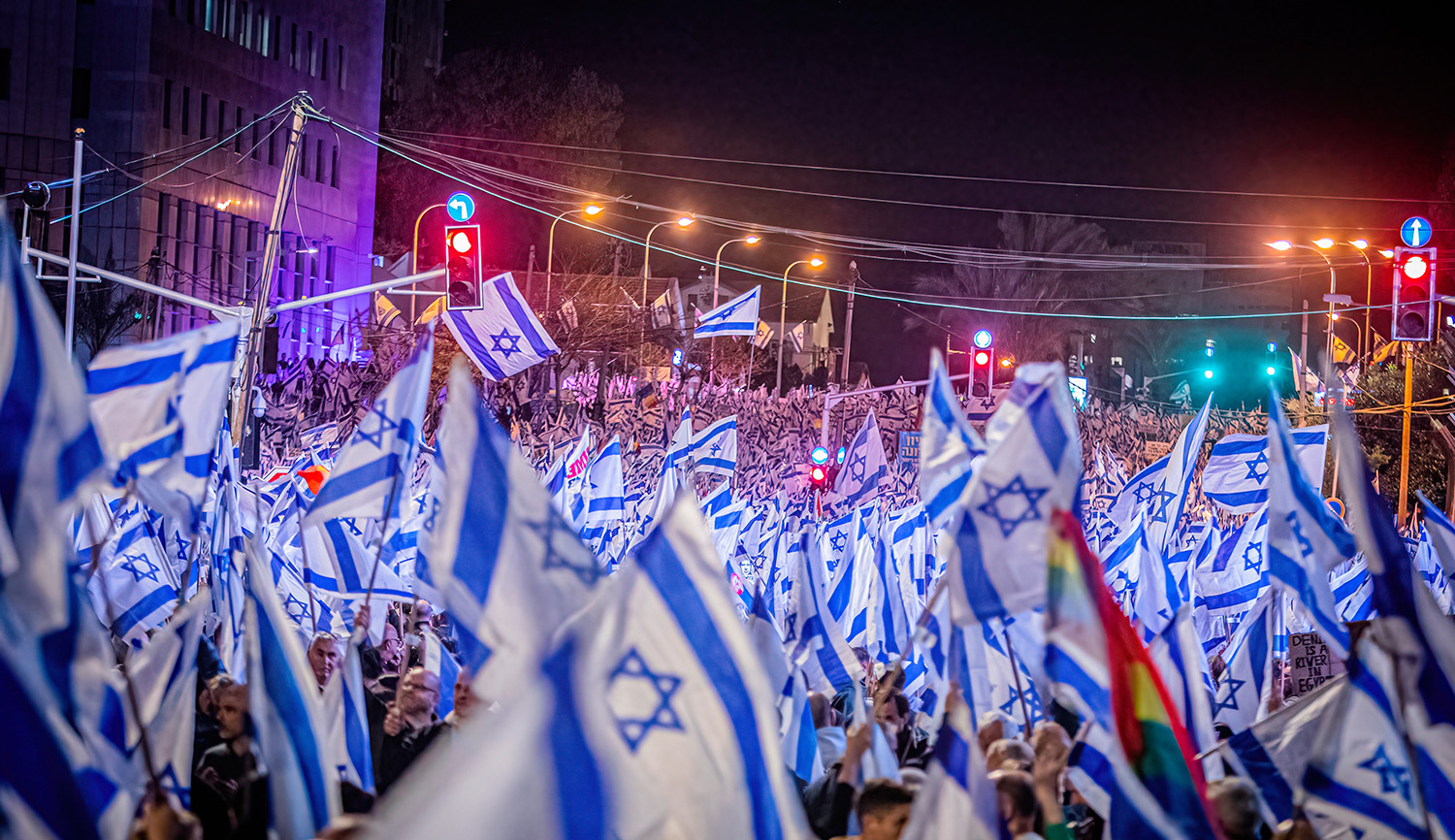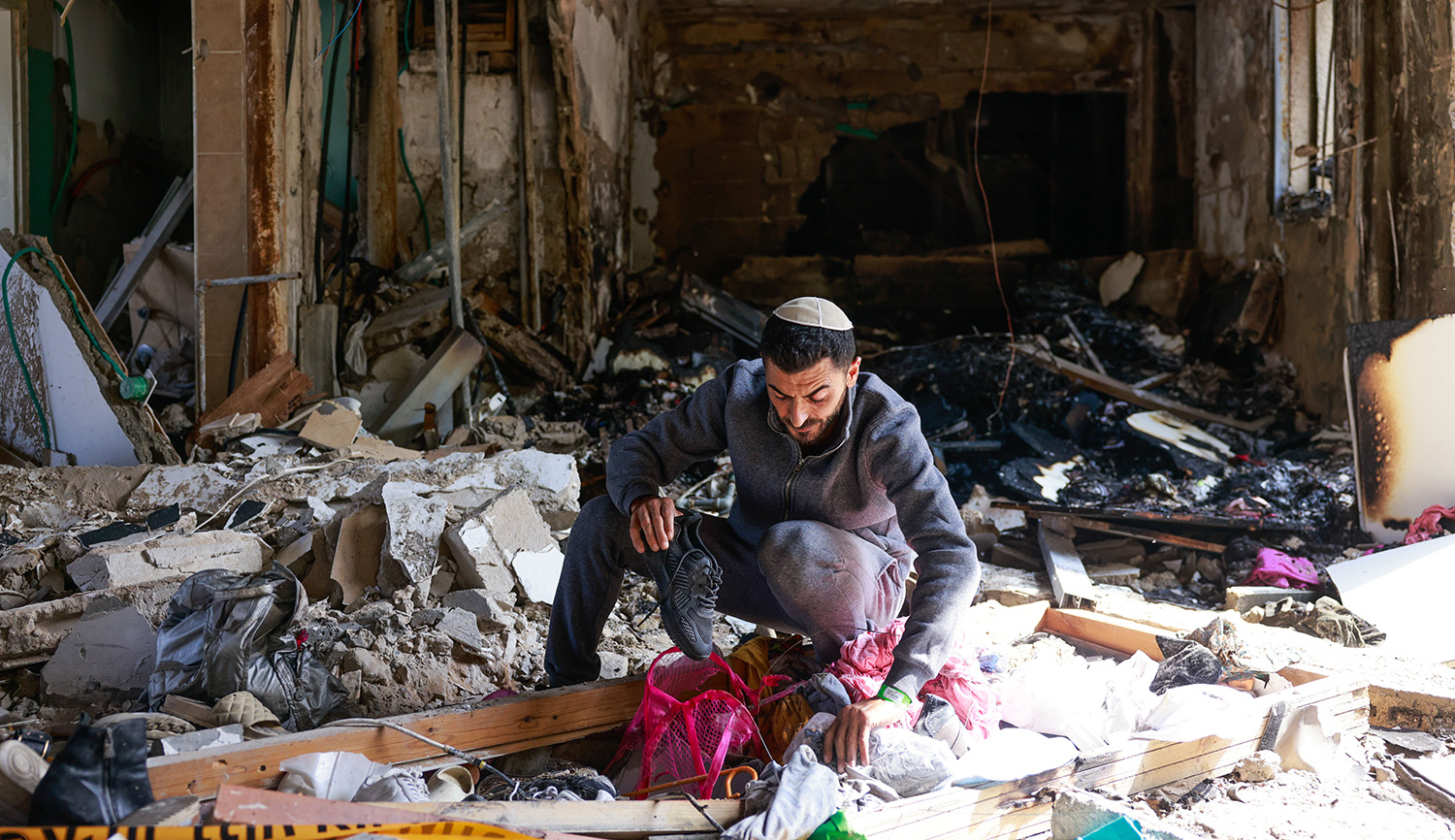Since the beginning of the millennium, Orthodox Jews have begun to vote for Republicans in increasingly large numbers. The last election showed Modern Orthodox Jews in particular split between the two parties. In the current era of political polarization and growing estrangement between “red” and “blue” Americans, writes Chaim Saiman, Modern Orthodoxy may be having its political moment:
In 1960, about 5 percent of the population cared whether their children married a member of the other political party. There were certainly disagreements about policy, but politics were not constitutive of identity. By 2008 this proportion grew significantly. In that year, 20 percent of Democrats and 27 percent of Republicans reported they would care if a child married a member of the other party. Polarization has continued apace; in 2010, 33 percent of Democrats and 49 percent of Republicans reported caring, and there are good reasons to think the percentages are even higher today.
Political identity has become totalizing as other forms of identity are being folded into it. Tell me if you are concerned about global warming, and I have a good chance of predicting your view on the estate tax, gun control, minimum wage, and healthcare. . . .
[By contrast], Modern Orthodoxy . . . lives between the two Americas. From a demographic perspective, its adherents seem “blue”: they tend to live in or near large, coastal cities, have high rates of college and graduate-school education at elite schools, and are well represented in the learned professions. At the same time, they also have much in common with “red” America. They are religious believers who value faith and faith communities, believe in strong traditional families, and support Israel and its specifically Jewish identity.
[But they are also] a divided community, which in this context is beneficial. Many post-election analyses relate America’s polarization to the fact that we increasingly live, work, and socialize among those we identify with politically. Add in media fragmentation, and red and blue Americans simply live in different ecosystems. In many ways, this applies to American Judaism as a whole, but Modern Orthodoxy is a particularly tight-knit community that divides [relatively] evenly among liberals, moderates, and conservatives. Most Modern Orthodox Jews can identify someone whom they not only know but respect from a moral, religious, and intellectual perspective and who voted for a different candidate [from theirs]. It is precisely because of this mutual respect that they can disagree without impugning the good faith and reasonableness of their interlocutors and without sacrificing admiration, friendship, and trust. In the current climate, this is both rare and valuable.
More about: American Jewry, Modern Orthodoxy, Politics & Current Affairs, U.S. Presidential election


